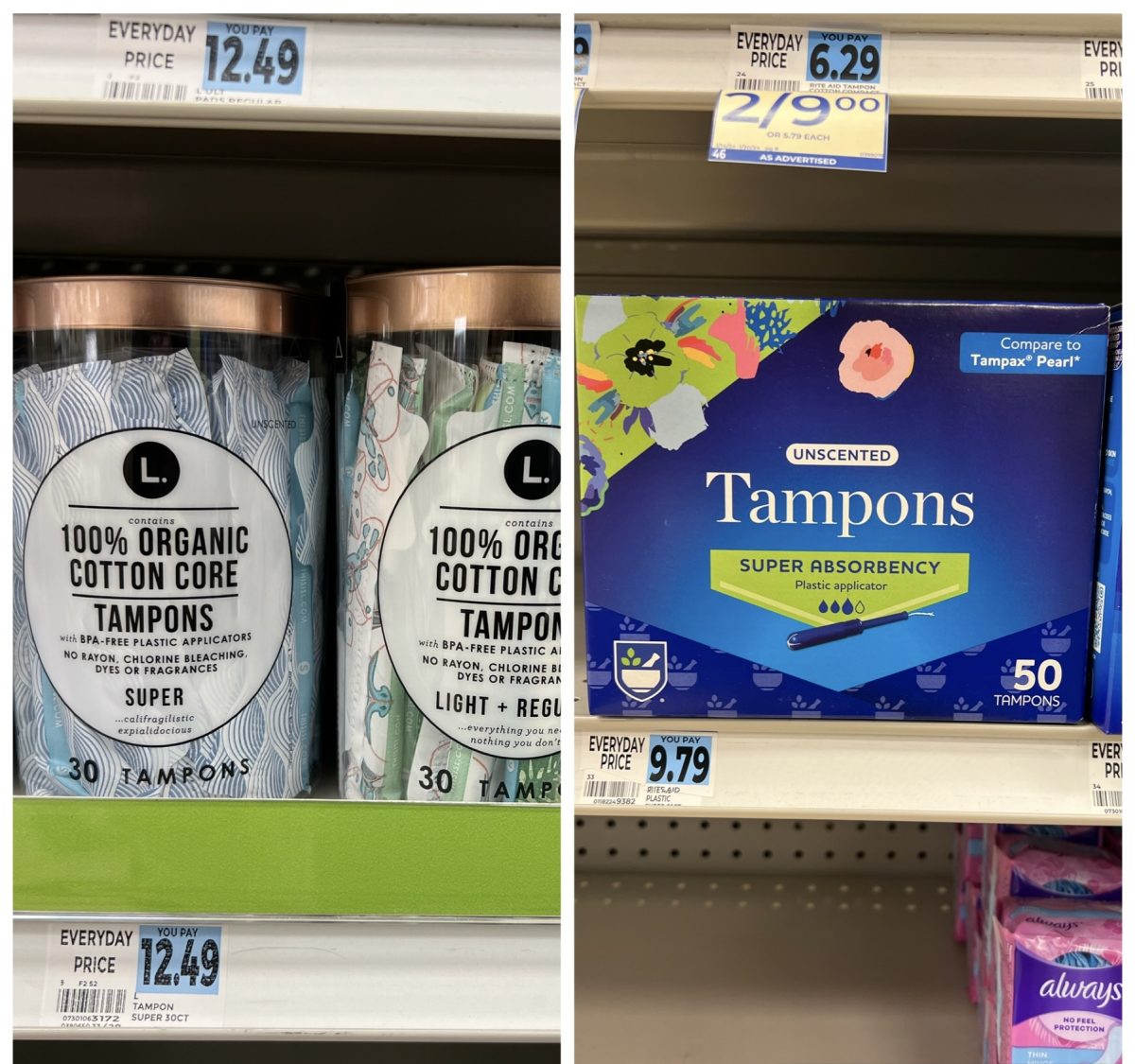Over the past decade, buzz words such as “global warming,” “climate change,” and “carbon footprint” have appeared on everything ranging from informational flyers on the street to the packaging on goods we purchase daily. The sustainability movement has gained both traction and popularity in recent years as concerns are raised surrounding the growing climate crisis.
But how sustainable is the sustainability movement really? How practical is it for low-income families to join in on this initiative? Oftentimes this question is left out of conversations surrounding this complex topic due to the fact that less fortunate individuals are often not provided with a space to contribute.
The perspective is almost solely one of wealthy individuals. Not only does this leave out the 40 million people who live below the poverty line, it also leads to further damage to both our environment and economy. Impoverished areas are the most impacted victims of natural disasters— leading to decay of infrastructure and loss of employment.
Having the ability to care about the climate crisis is a privilege. Those insulated in the comfort of their wealth are lucky enough to be able to care about the future world of their children’s grandchildren. All too often the gravity of living in poverty is lost on those who have never experienced it– myself included. Many low-income families have more immediate concerns such as putting food on the table or even finding a place to sleep for the night. Is it fair to take the standards placed on those living in wealthy suburbia and extend them to families struggling to keep food on the table?
Not only do those living in these areas face the consequences built up over generations of ecocide and segregation, it is also nearly impossible for them to buy into current sustainable products on the market.
It is no secret that products marketed as “green” or “eco-friendly” are significantly more costly. A study done by a Netherlands healthcare firm—Kearny—reported that sustainable products are 75-85% more expensive than conventional products that may be more harmful to the environment or less ethically sourced.
Implementing sustainable living options in our day to day lives is much more complex than replacing items. A recent step towards battling the climate crisis has been implementing solar panels. While an effective source of clean energy, solar panels range in price from $18,000-36,000.
The median annual income of a lower income household in America sits at approximately $30,000 for about 29% of Americans. For a low income family in America, over an entire year’s worth of money would be going towards installing solar panels.
The economic side effects of living sustainably can be found in every facet of daily living. Ethically sourced t-shirts can cost upwards of $60 dollars, whereas a t-shirt from a fast fashion website can sit as low as $4.00
This economic challenge presents itself when discussing food and nutrition as well. For example, the livestock industry is responsible for 15% of greenhouse gas emissions– a larger percent than the entire transportation industry. However, cold-cut, processed meats are significantly cheaper and more accessible than other sources of protein such as quinoa and tofu. While organic fruits and vegetables may contribute less to water pollution and plastic waste, they are also consistently more expensive than packaged snacks and processed foods.
The purpose of bringing light to this issue is not to diminish the importance of sustainable living, but rather to include the resolution of economic disparities in the fight for a more sustainable future. The climate crisis is an inter-sectional issue that cannot be solved until we address the humanitarian crisis that plagues the streets of our nation.


